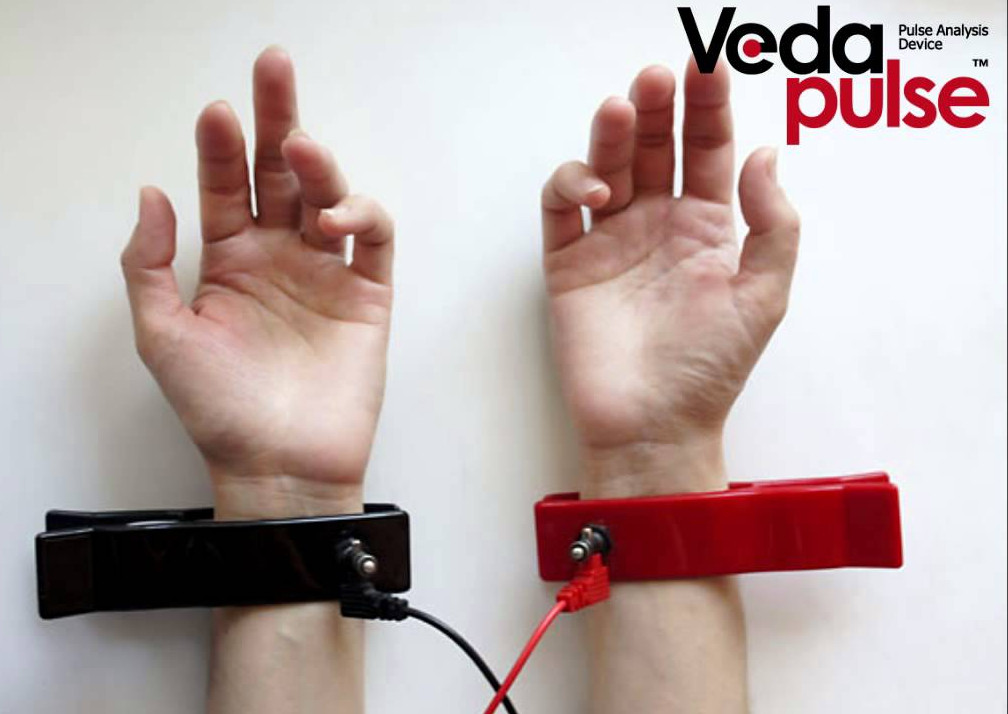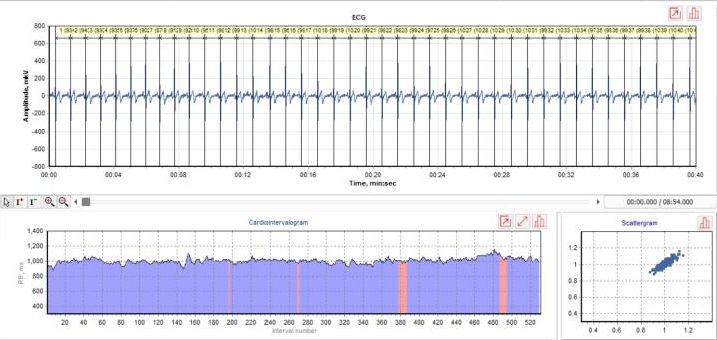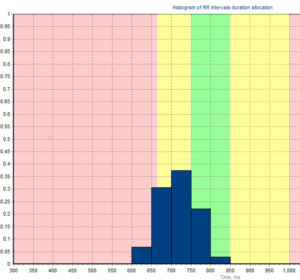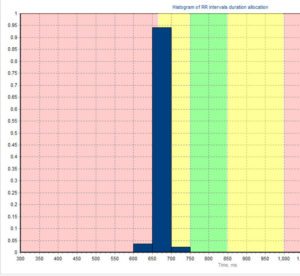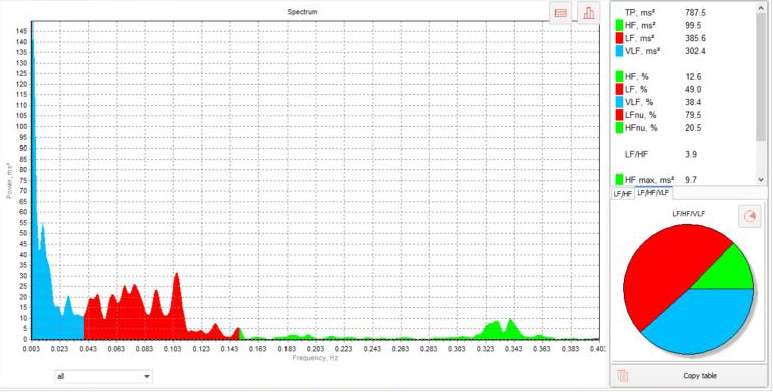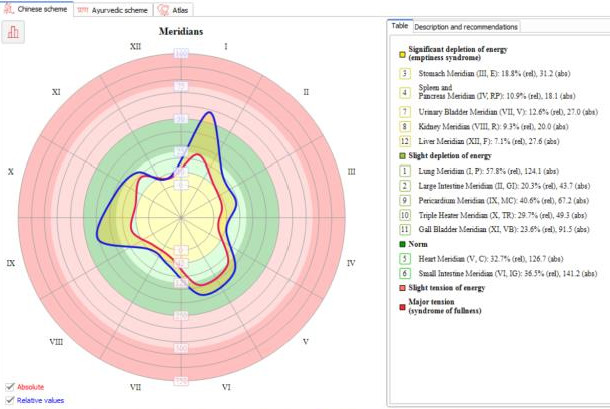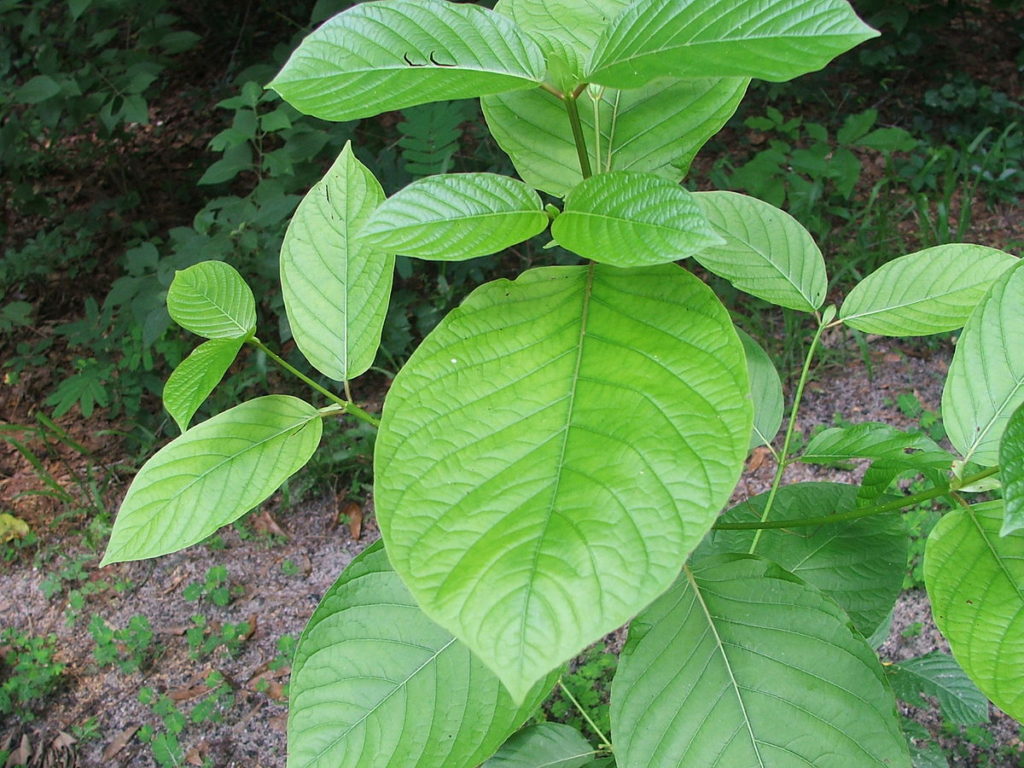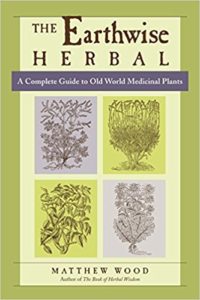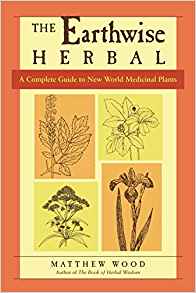A Herbal Materia Medica for Practioners
Matthew Wood’s two book set; A Complete Guide to New World Medicinal Plants and A Complete Guide to Old World Medicinal Plants are more than just another herbal materia medica. As a naturopathic doctor, these are my go to books for herbal medicine.
These books describe herbs according to traditional use and observation. The medicinal properties of each herb are unmatched compared to any other source I’m ever read.
Often books (and websites) only tell you what herb to give for each condition. They don’t teach about the unique qualities of each herb so you know what one to give a particular patient. Herbal medicine can so easily be transformed from a form on holistic health, into “green allopathy.”
Matthew Wood avoids all of this. The introductory chapters teach how to think like an herbalist. By this I mean prescribing herbs according to and individual characteristics. Using yarrow as an example, it’s described for its use in moving internal heat out with specific indications in terms of tongue analysis. Plus psychological aspects.
Similar herbs can easily be compared. For the lymphatic system cleavers is cooling, Calendula is warming, Blue Flag for hard nodules cysts, Poke Root for larger water filled cysts, and more. This is only scratching the surface of the detail given to each herb. Descriptions can be cross-referenced to find the best one for an individual person.
The specifics on each herbs is what makes the Earthwise Herbal such an outstanding materia medica. This is for people who want to prescribe with precision.
Traditional Herbalism and Empiricism
In herbal medicine “experts,” often try to wow their audience with unproven theory. Usually this involves various chemicals, hormones, neurotransmitters or whatever else, along with “active ingredients” and “mechanisms of action,” to make things sound “scientific.” This may make everything sound scientific. But that is it.
As a clinician I am not interested in bio-chemical speculation. I want to know the specific actions of the herbs I am using. Herbs are complex medicines that typically can not be reduced to “active ingredient.” As an herbalist I care about what does an herb do? What are the overall effects on an actual person? Who will it help? How do I use this herb for individualized treatment?
In the Earthwise Herbal, elaborate descriptions of various “active ingredients” and unproven biochemical theory are absent. Instead we get descriptions based on real world observations. This approach based on empiricism may not come full with references to the latest scientific studies. However, when it comes to treating someone in the real world I want to know what works based on real world experience.
Specific Herbal Prescriptions
The Earthwise Herbal books sit on the desk in my office and are typically the first reference books I go to when with clients. This review can not do these books justice. These are not just the best books I’ve read on herbal medicine, but among the very best books about natural health in general.
Prescribing herbs according to specific indications allows me to get better results with clients while doing less. At times just a few herbs can be used for specific actions, instead of telling clients to take handful of pills from generic type products.
Sometimes just one or two herbs in small doses work better than larger protocols. And it’s not about finding some new, or special herbs. Shortly after buying the Earthwise Herbal books I have a women come in with “fibromyalgia.” She was a perfect match of Wood’s description for poke root. So I gave her that as a single herb, and iodine. I saw this client only one more time after that. In a few weeks almost all her symptoms where gone. This was an usually strong response, but shows the possibilities of being specific with treatment instead of telling clients to take handfuls of supplements.
For a case with a strong response to just two herbs for chronic fatigue syndrome go to this page.
In my office I have dozens of herbal in pill forms and over 150 herbal tinctures. I can easily create complex herbal formulas for clients if I wish. For example, if I needed a tincture for liver function, I could mix six herbs or more which are typically good for the liver together. Maybe it would look impressive to give a client such a complicated formula?
However, what I find if more complicated, but more effective is to step away from the “kitchen sink” approach and only give what is needed. Typically my herbal formulas have only two or three herbs. Sometimes it’s just one. But what I am giving is specific to each person, and I find this approach works far better.
Such a detailed herbal materia medica is essential to practicing with specific prescriptions.
For more information on how I use herbs with clients go to my page on traditional herbalism and holistic health .
For anyone who wants to understand how to practice herbalism I can not recommend these books enough.


